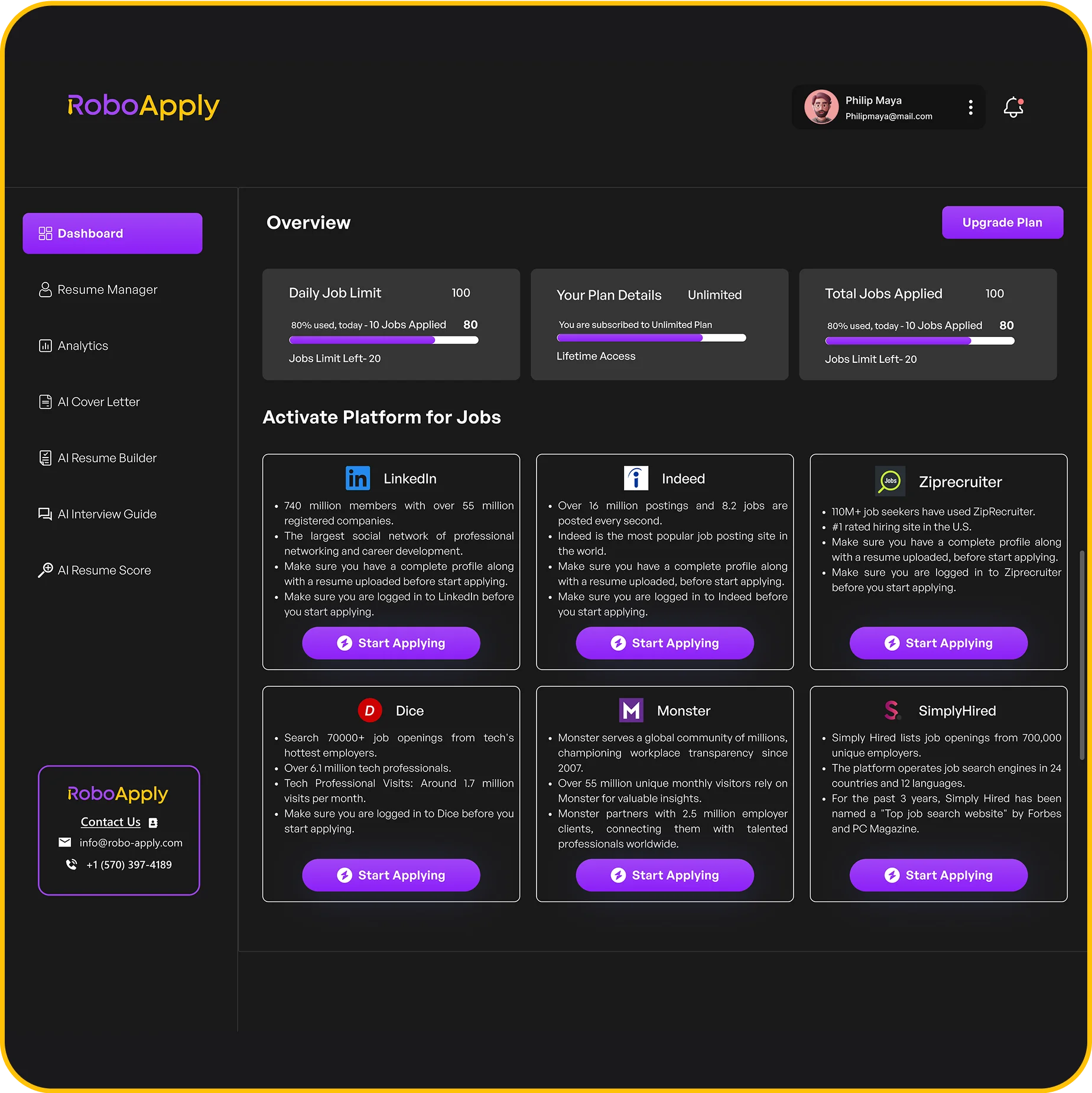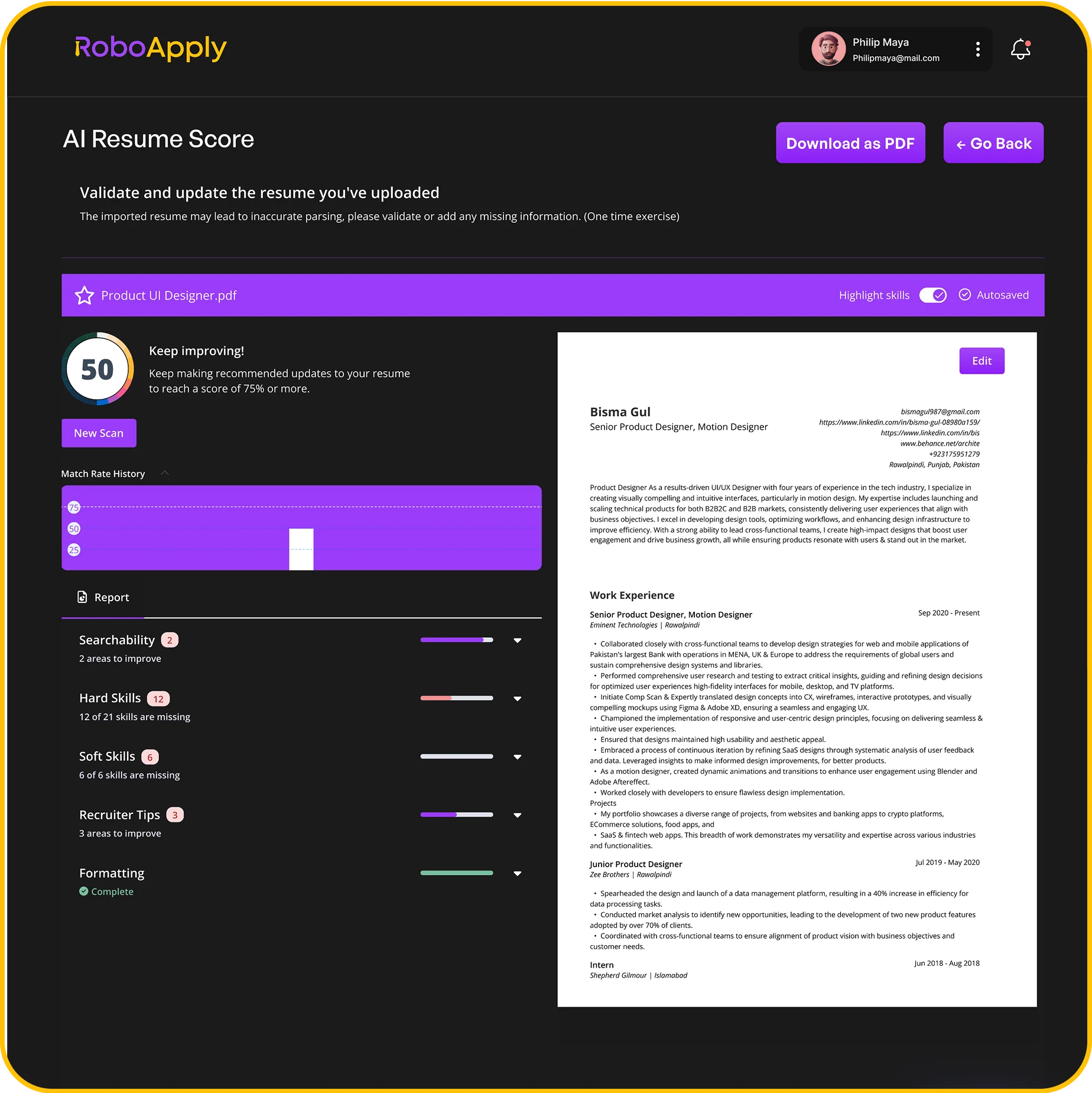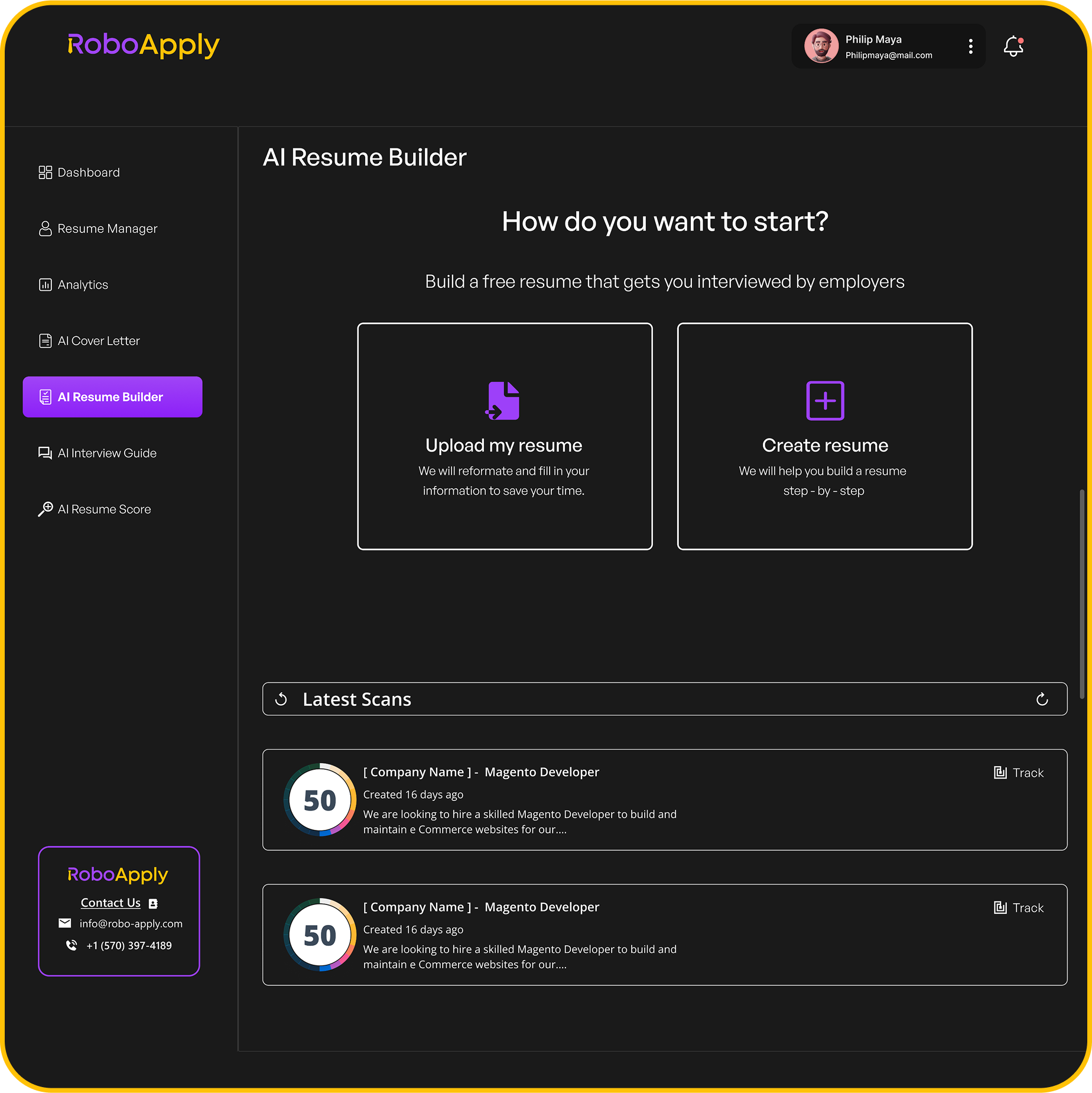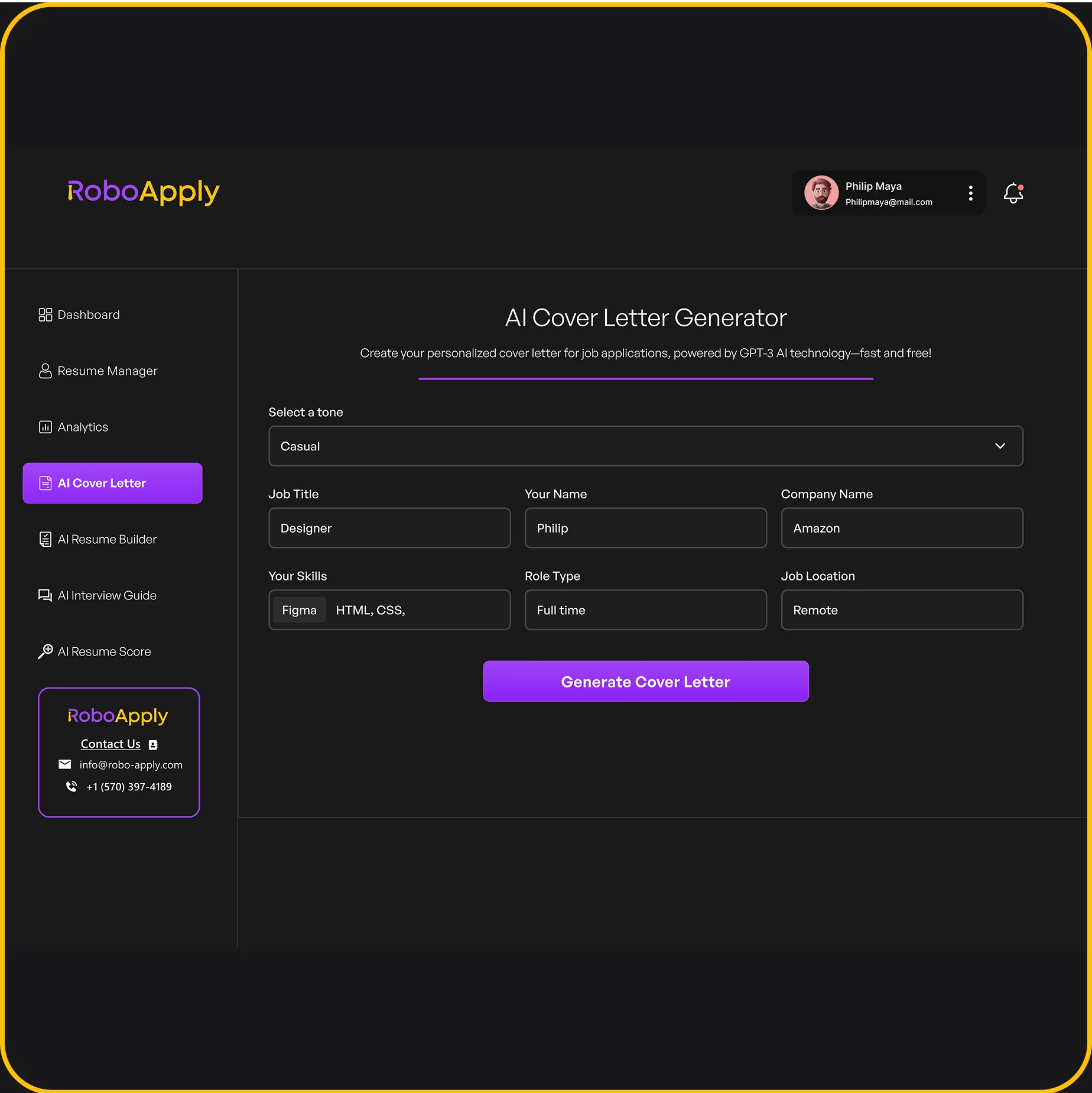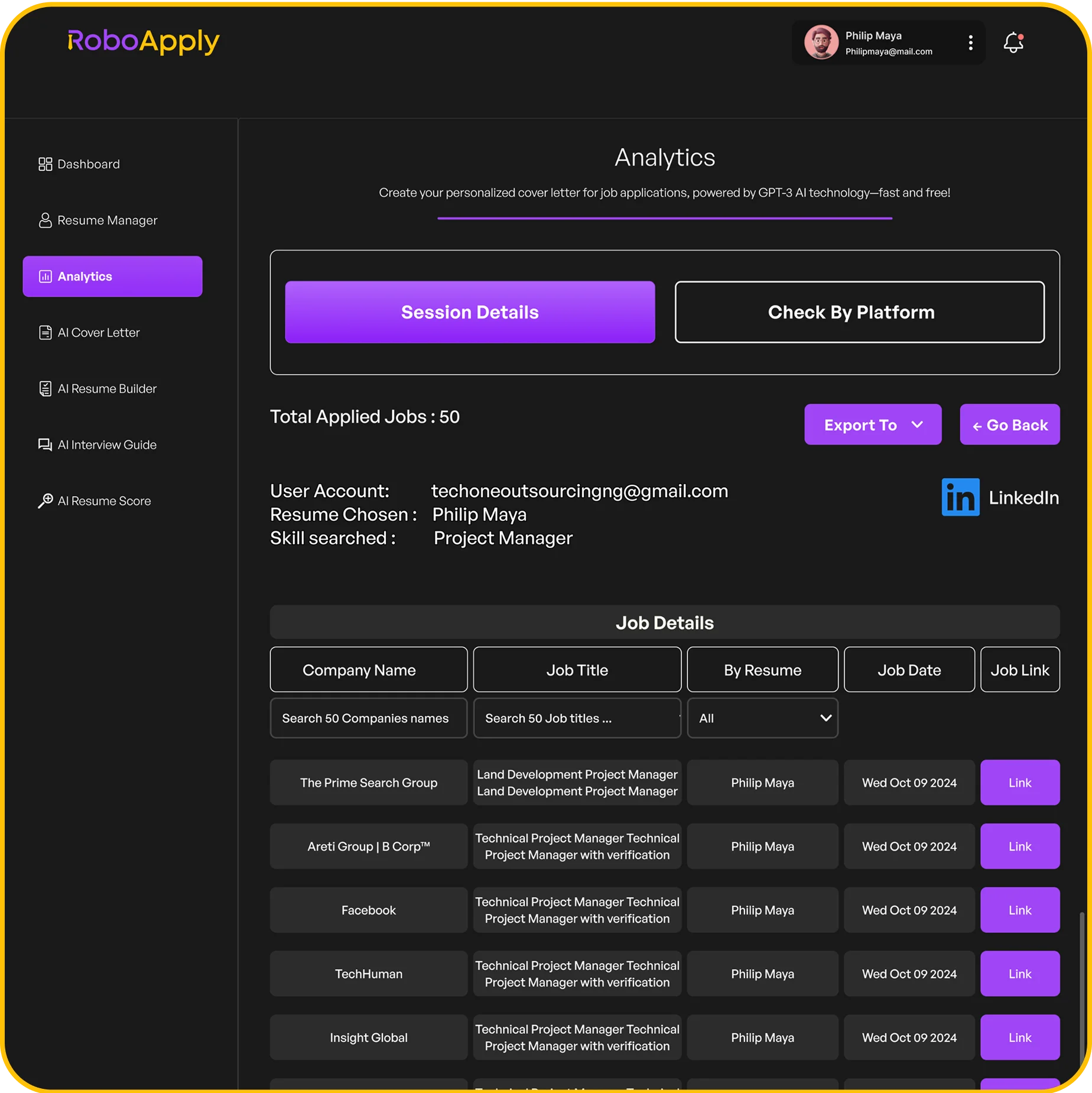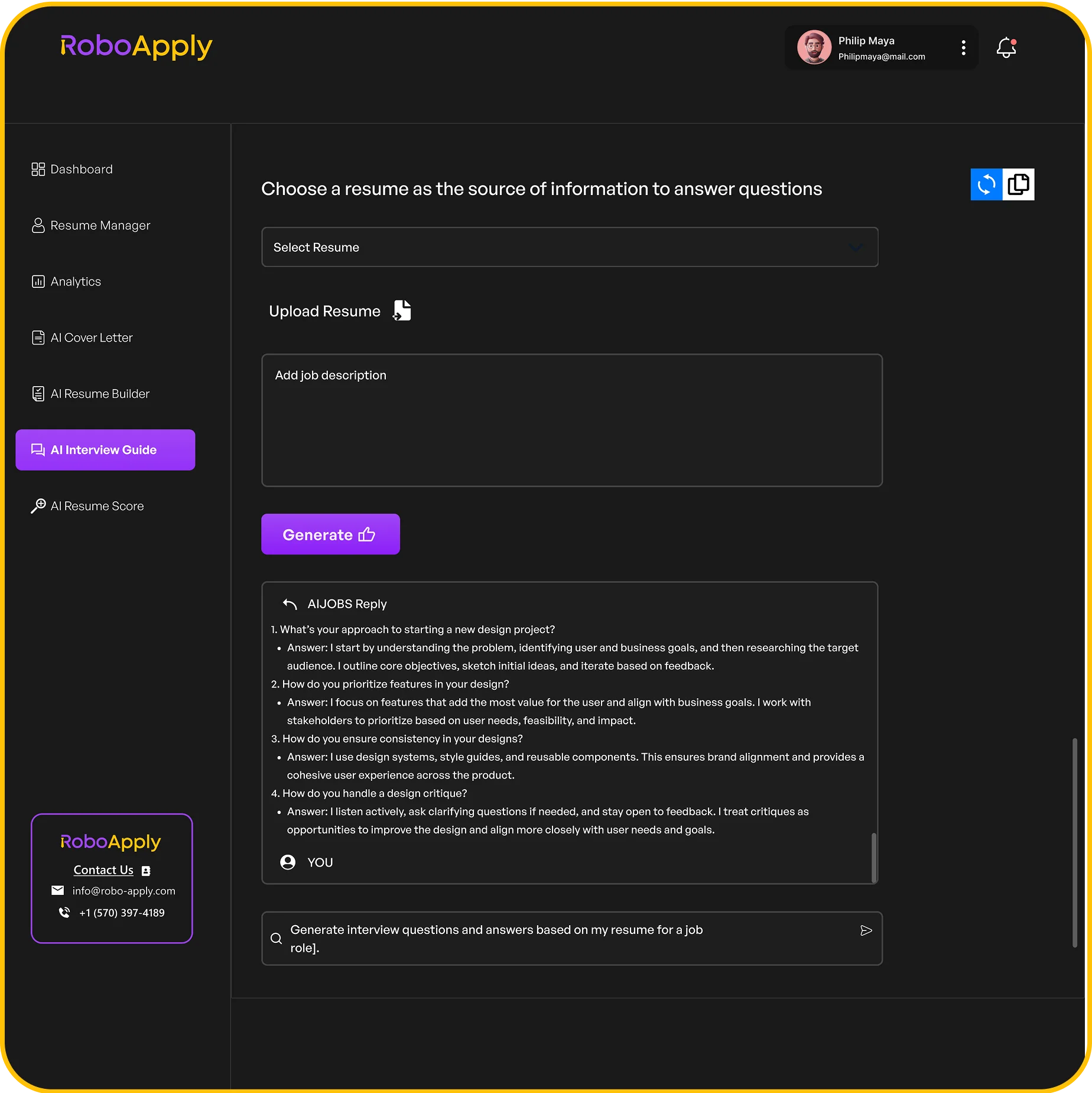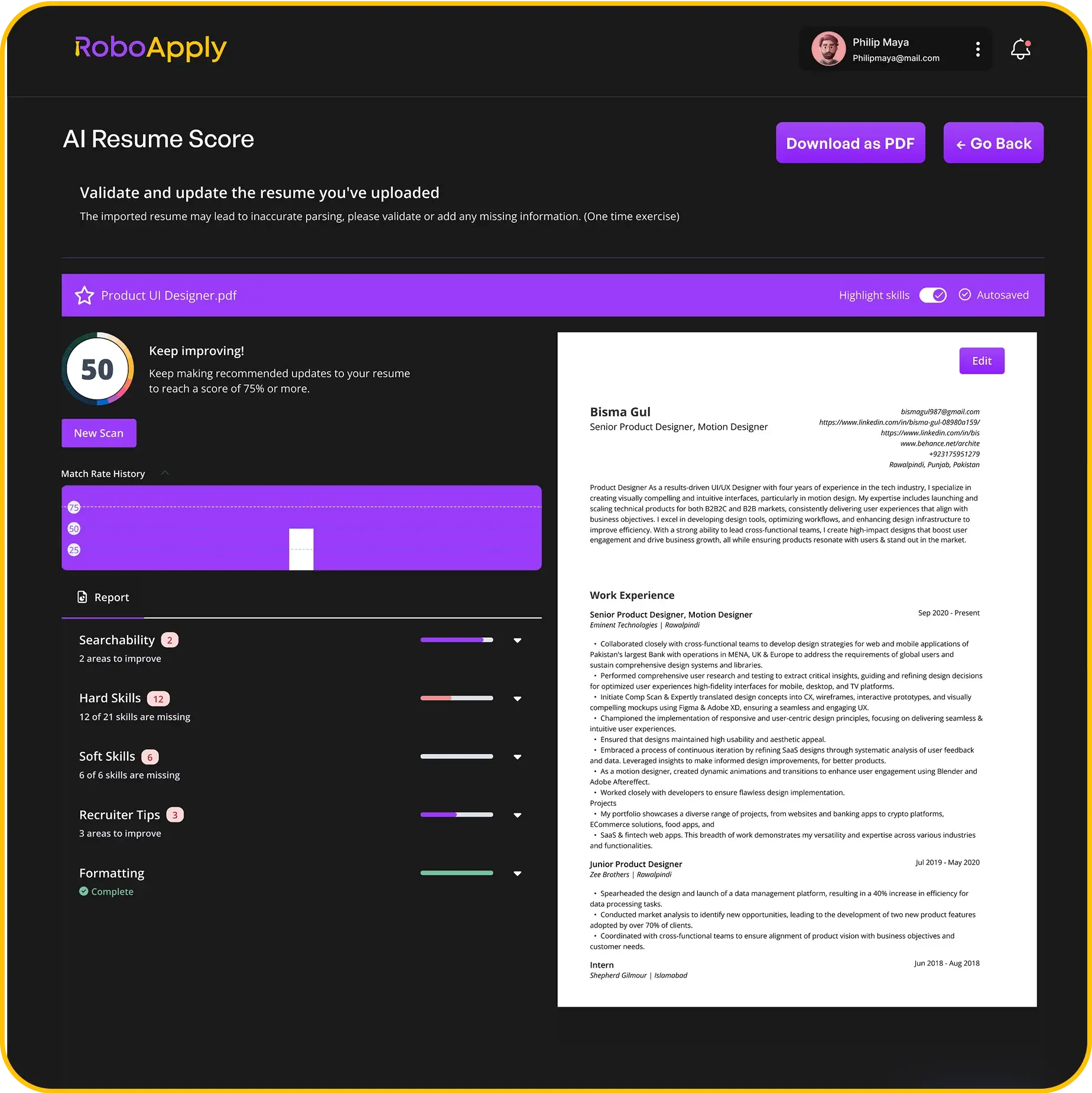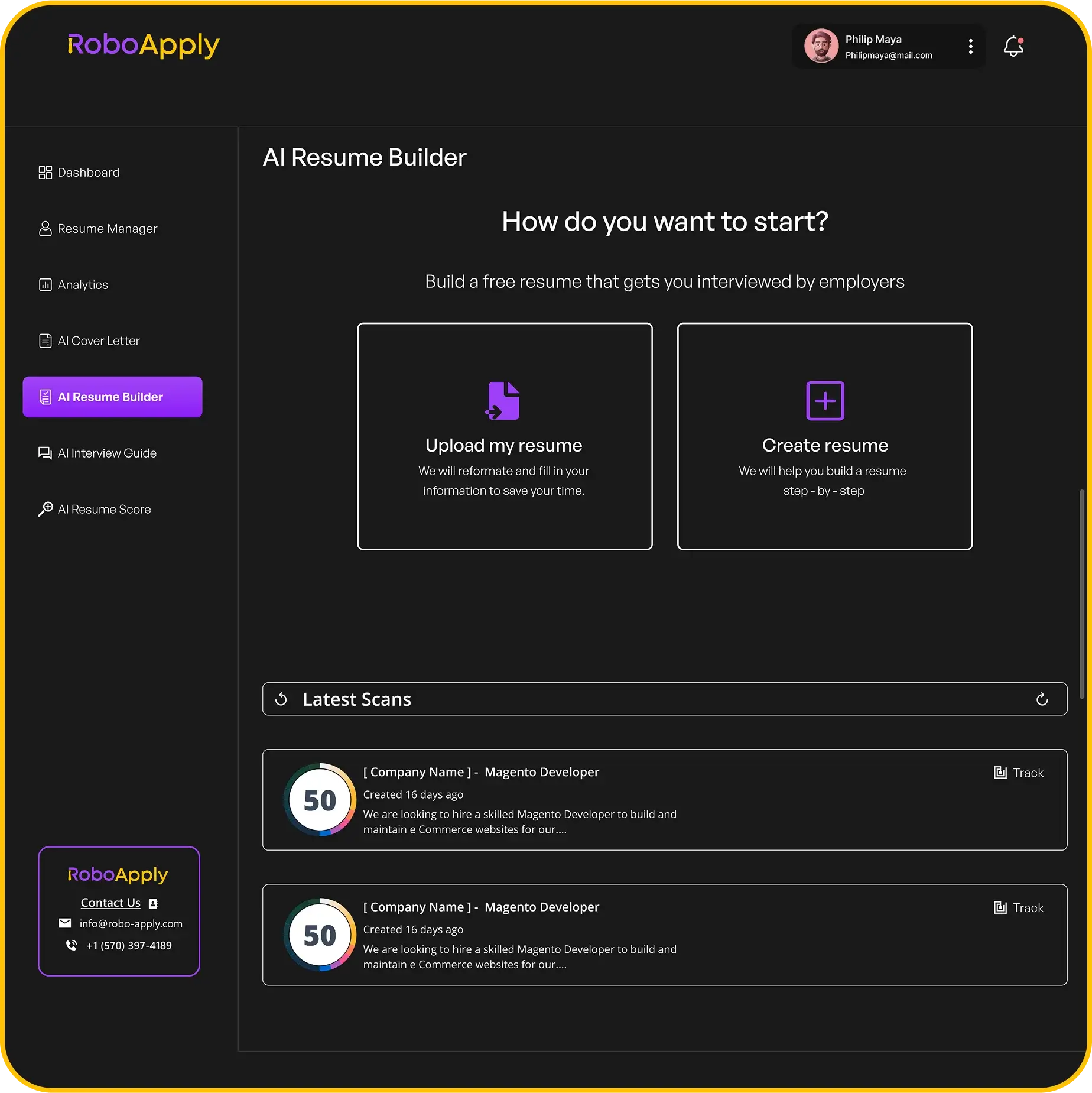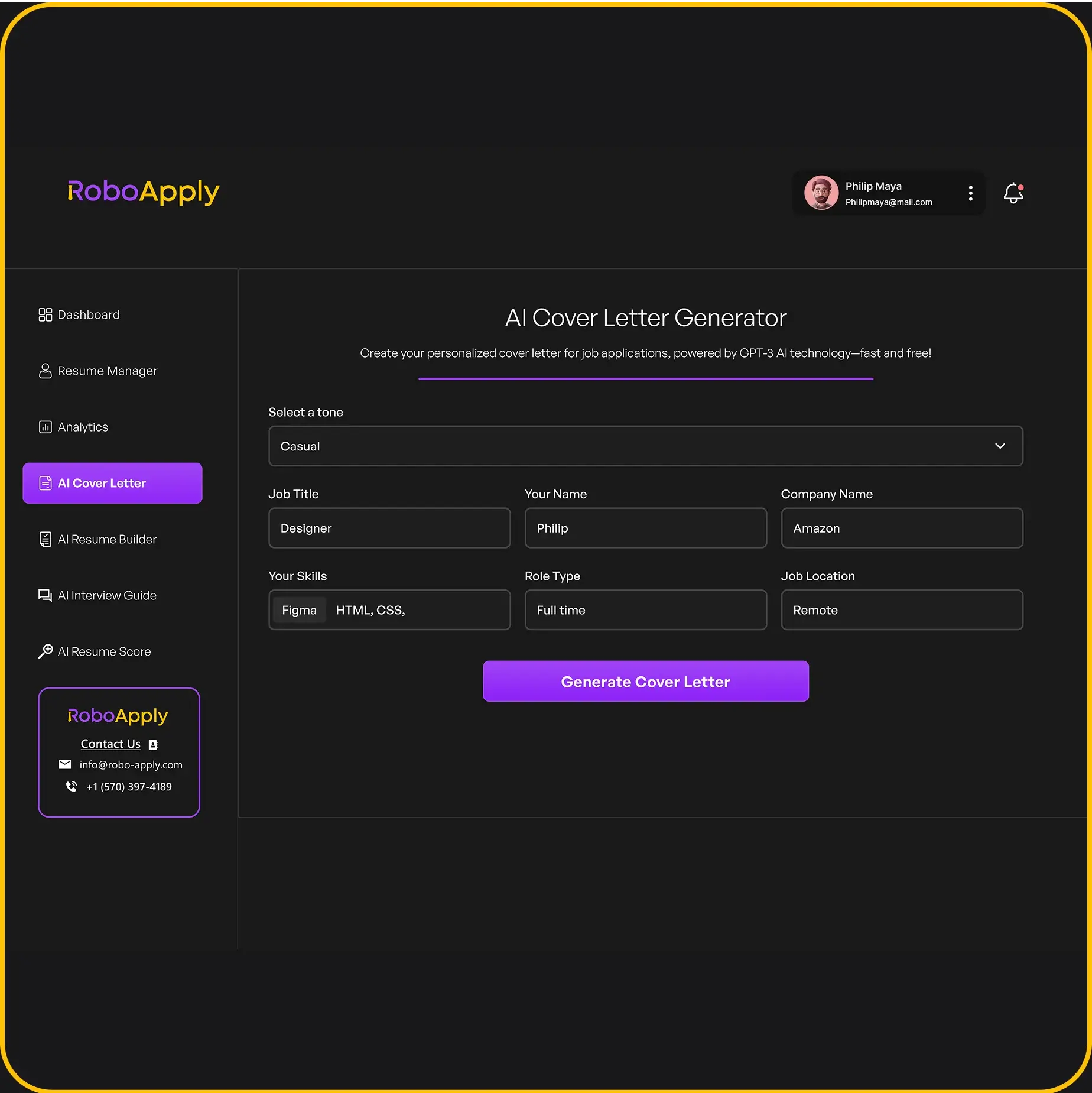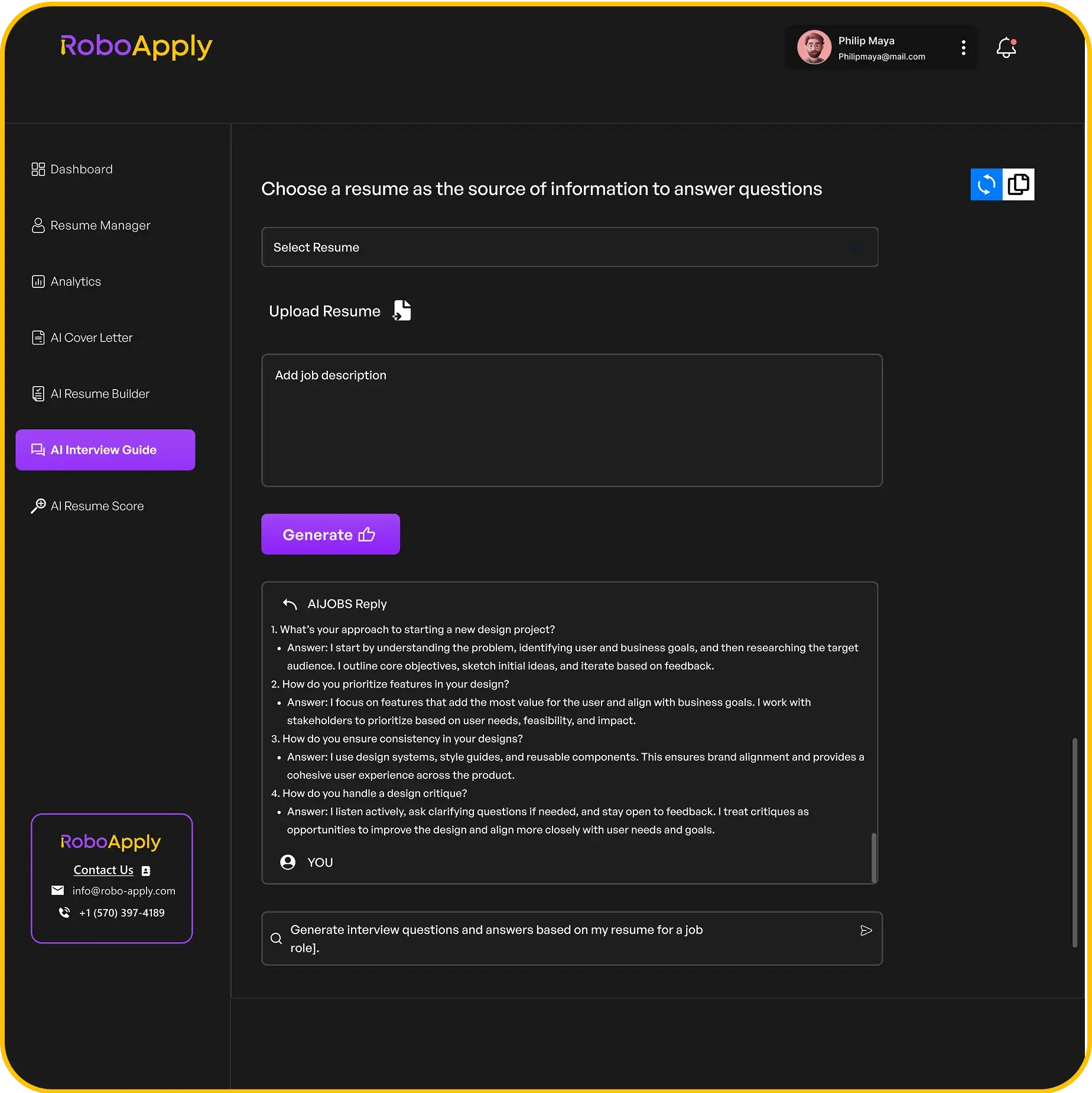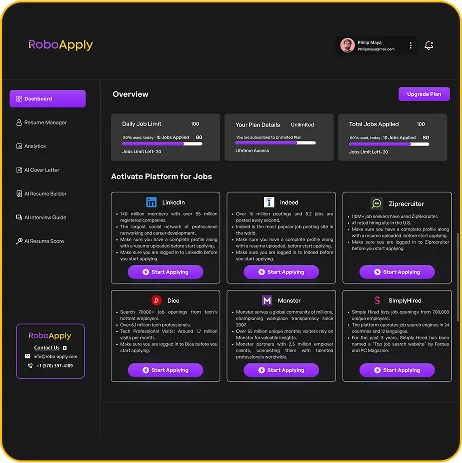So, you’re looking to land that editor job, huh? Getting your resume just right can feel like a big puzzle. It’s not just about listing what you’ve done; it’s about showing off your skills in a way that makes hiring managers say, ‘Yes, this is the one!’ This guide will walk you through 12 key parts of an Editor Resume, helping you make yours stand out in 2025.
Key Takeaways
- Always tailor your Editor Resume to the specific job you’re applying for.
- Use strong action verbs to describe your past work and achievements.
- Quantify your accomplishments whenever you can with numbers and data.
- Proofread your resume carefully; it’s an editor’s job to catch mistakes!
- Consider including a portfolio link to showcase your best work.
1. Contact Information

Okay, so the first thing you gotta do is make it super easy for employers to get in touch. I mean, duh, right? But you’d be surprised how many people mess this up. Your contact info needs to be clear, correct, and easy to find. Think of it as your digital handshake. RoboApply can help you ensure this section is always up-to-date across all your applications.
Here’s what you absolutely need to include:
- Full Name: No nicknames here, use your legal name.
- Email Address: Use a professional-sounding email. No one’s gonna take “partyanimal@email.com” seriously.
- Phone Number: Make sure your voicemail is professional too.
- Location: City and state are fine. You don’t need to put your full address for privacy reasons.
- LinkedIn Profile: If you have one, include it. It’s basically your online professional presence.
Don’t overcrowd this section. Keep it clean and simple. The goal is to make it effortless for recruiters to reach out. A cluttered contact section can make you look disorganized before they even read your qualifications.
It’s also a good idea to double-check everything before you send it out. Typos in your email or phone number are a quick way to get your resume tossed. You can use RoboApply to ensure your resume contact information is always accurate.
Here’s a quick example:
Jane Doe
jane.doe@email.com
(555) 123-4567
New York, NY
linkedin.com/in/janedoe
See? Simple and to the point. You can also check out some executive manager resume examples for inspiration on how to format this section effectively.
And remember, keep it consistent across all your application materials. This is especially important if you’re applying to multiple jobs at once. RoboApply can help you manage this, so you don’t accidentally send out a resume with outdated info. Also, if you are a math teacher, you can find some math teacher resume examples to help you out.
2. Resume Summary
Your resume summary is like the trailer for a movie – it needs to grab the hiring manager’s attention right away. It’s a short paragraph (or bullet points) at the top of your resume that highlights your key skills, experience, and career goals. Think of it as your elevator pitch on paper. It’s super important because it’s often the first thing a recruiter sees, and it can determine whether they keep reading or move on to the next candidate. RoboApply can help you refine your summary to make sure it’s polished and effective.
A strong summary can significantly increase your chances of landing an interview.
Here’s what you should aim to include:
- Years of experience: How long have you been in the field?
- Key skills: What are you really good at?
- Biggest achievements: What are you most proud of?
A good resume summary isn’t just a list of skills; it tells a story about your career and what you can bring to the table. It should be tailored to each job you apply for, highlighting the skills and experiences that are most relevant to the position.
Here’s an example of a strong resume summary:
Experienced editor with 8+ years in the publishing industry, specializing in fiction and non-fiction manuscripts. Proven ability to manage editorial teams, improve manuscript quality, and meet tight deadlines. Passionate about helping authors bring their visions to life and committed to maintaining high editorial standards.
Here’s another example, this time for someone with less experience:
Enthusiastic and detail-oriented recent graduate with a degree in English Literature and strong writing and editing skills. Eager to apply academic knowledge and internship experience to a junior editor role. Excellent communication and collaboration skills, with a passion for contributing to a dynamic editorial team.
To make your resume summary shine, consider these tips:
- Tailor it: Customize your summary for each job application. Use keywords from the job description to show you’re a good fit. RoboApply can help you identify those keywords.
- Quantify achievements: Use numbers to show the impact you’ve made in previous roles. For example, “Increased website traffic by 30%” is much more impactful than “Improved website traffic.”
- Keep it concise: Aim for 3-4 sentences or bullet points. Hiring managers don’t have time to read a novel. Use resume examples to get inspired.
Avoid these common mistakes:
- Being too generic: A summary that could apply to anyone won’t stand out.
- Using clichés: Avoid overused phrases like “hardworking” and “team player.”
- Focusing on what you want: Instead, focus on what you can offer the employer. Make sure to use a resume builder to help you avoid these mistakes.
By following these tips, you can create a resume summary that grabs attention and helps you land more interviews. Remember, it’s your chance to make a great first impression!
3. Work Experience

Your work experience section is where you really show off what you can do. It’s not just a list of jobs; it’s a story of your accomplishments and how you’ve grown as an editor. Think of it as your chance to prove you’ve got the skills they’re looking for. RoboApply can help you tailor this section to match specific job descriptions, making sure your most relevant experience shines.
Example Entry
Here’s how you might format a work experience entry:
Senior Editor, The Daily Gazette
June 2018 – Present
- Managed a team of 5 junior editors, providing guidance and feedback on their work.
- Oversaw the editing and proofreading of all articles published in the daily newspaper, ensuring accuracy and clarity.
- Implemented a new style guide that improved consistency across all publications.
- Collaborated with writers and reporters to develop compelling and engaging content.
- Reduced errors by 15% through improved editing processes.
Quantify Your Achievements
Whenever possible, use numbers to show the impact you made in your previous roles. Did you increase readership? Reduce errors? Improve efficiency? Numbers speak volumes. For example, instead of saying “Improved editing processes,” say “Reduced errors by 15% through improved editing processes.” This makes your accomplishments much more tangible. You can use resume examples to help you with this.
Tailor to the Job
Don’t just copy and paste your work experience from one resume to another. Take the time to tailor each entry to the specific job you’re applying for. Highlight the skills and experiences that are most relevant to the position. RoboApply can help you identify the keywords and skills that employers are looking for.
Action Verbs
Start each bullet point with a strong action verb. Instead of saying “Responsible for editing articles,” say “Edited and proofread articles.” This makes your accomplishments sound more dynamic and impactful. Here are a few examples of strong action verbs:
- Edited
- Managed
- Oversaw
- Implemented
- Collaborated
- Developed
- Improved
- Streamlined
- Coordinated
What to Include
Make sure to include the following information for each work experience entry:
- Job title
- Company name
- Dates of employment
- A brief description of your responsibilities and accomplishments
Remember, your work experience section is your chance to shine. Take the time to craft each entry carefully, highlighting your most relevant skills and accomplishments. Use numbers to quantify your achievements, and tailor each entry to the specific job you’re applying for. RoboApply can help you optimize your resume and auto-apply to jobs, making the job search process easier and more efficient.
Focus on Relevance
Only include work experience that is relevant to the job you’re applying for. If you have a lot of experience, you may need to be selective. Focus on the roles where you developed the skills and knowledge that are most important for the position. If you’re applying for a managing editor role, highlight your experience in spearheading digital transformation and leading teams. If you’re applying for a copy editor role, emphasize your attention to detail and your ability to catch errors.
4. Education
This section is where you list your academic achievements. It’s pretty straightforward, but there are a few things to keep in mind to make it shine. RoboApply can help you format this section consistently across all your applications, saving you time and effort.
What to Include
- Degree Name: Be specific. Instead of just “Bachelor’s,” write “Bachelor of Arts in English Literature.”
- Major and Minor: If you had a minor, definitely include it. It shows extra dedication and skills.
- University Name: List the full name of the institution.
- Graduation Date (or Expected Graduation Date): If you haven’t graduated yet, put your expected date. Recruiters need to know when you’ll be available.
- GPA (Optional): Only include if it’s above 3.5. Otherwise, leave it out.
- Relevant Coursework (Optional): If you’re a recent graduate and the coursework is directly related to the job, add it. For example, if you’re applying for a technical writing position, list courses like “Technical Communication” or “Advanced Composition.”
Example
Here’s how it might look on your resume:
University of Example, Exampleville, CA
Bachelor of Arts in English Literature, May 2024
GPA: 3.8
Relevant Coursework: Technical Communication, Advanced Composition, Rhetoric
Tips for Editors
- Reverse Chronological Order: List your most recent degree first. This is standard practice.
- Be Consistent: Use the same formatting for each entry. This makes your resume look professional and polished. RoboApply can help with resume formatting.
- Tailor to the Job: If you have multiple degrees, prioritize the ones most relevant to the editor position you’re applying for. For example, if you’re applying for a science editor role, highlight your science-related degrees.
Consider adding relevant certifications or workshops you’ve attended. These can demonstrate your commitment to professional development and show that you’re up-to-date with the latest industry trends. This is especially useful if your formal education is not directly related to editing.
High School Diploma
Generally, you don’t need to include your high school diploma if you have a college degree. However, if you don’t have a degree, include your high school information:
- High School Name
- Graduation Date
- GPA (Optional, if high)
Education Section Placement
Where you put your education section depends on your experience level. If you’re a recent graduate or have limited experience, put it before your work experience. If you have several years of experience, put it after. This way, you highlight your most relevant qualifications first. Make sure to follow these resume steps.
What if My Degree Isn’t Directly Related?
That’s okay! Many editors come from diverse academic backgrounds. Focus on highlighting transferable skills. Did you write a lot of research papers? That shows strong writing and analytical skills. Did you work on the university newspaper? That demonstrates editing and teamwork skills. Frame your education in a way that emphasizes the skills relevant to the editor role. You can also use your cover letter to explain how your background makes you a good fit. Remember to list education correctly.
5. Skills
Okay, so skills. This is where you show them what you’re actually good at. Don’t just list stuff; think about what the job description is asking for and tailor your skills section to match. RoboApply can help you identify those keywords in job descriptions, by the way.
Here’s the thing: you need a mix of hard skills (technical stuff) and soft skills (people skills). Let’s break it down.
- Hard Skills: These are the specific, teachable abilities you need to do the job. For an editor, this could be things like:
- Soft Skills: These are your interpersonal skills, and they’re just as important. Think about:
Remember, it’s not enough to just list these skills. Try to give examples of how you’ve used them in previous roles. For example, instead of just saying “Communication,” you could say “Communicated effectively with authors and publishers to ensure timely project completion.”
Here’s a little table to give you some ideas:
| Skill Category | Example Skills |
|---|---|
| Technical | AP Style, CMS, SEO, Adobe Creative Suite |
| Interpersonal | Communication, Attention to Detail, Time Management |
| Editing | Copyediting, Proofreading, Fact-Checking |
Don’t forget to tailor this section to each job you apply for. Use essential resume skills to make sure you’re hitting the right notes. If the job description mentions a specific CMS, make sure you include it if you have experience with it. It’s all about showing them you’re the right fit. Also, consider how your editor resume highlights these skills in context. And if you’re aiming for book editing, make sure to emphasize industry knowledge.
6. Awards
Awards can really make your resume pop, especially if they’re relevant to the job you’re after. It’s not just about listing them; it’s about showing why they matter. Think of it as another way to prove you’re good at what you do. RoboApply can help you tailor your resume to highlight these achievements effectively.
How to List Awards
Listing awards isn’t just about writing down the name and date. You need to give some context. What was the award for? What did you do to earn it? A little detail can go a long way in showing your accomplishments. Here’s a simple way to approach it:
- Award Name: State the official name of the award.
- Granting Organization: Who gave you the award? This adds credibility.
- Date Received: When did you get the award? Keep it chronological.
- Brief Description: A short sentence explaining why you received the award. This is key!
Where to Put Them
Where you put your awards depends on how important they are to the job. If they’re a major selling point, put them near the top. If they’re more of a nice-to-have, you can put them further down. Here are a few options:
- Within Work Experience: If the award is directly related to a specific job, include it under that job description. This shows how you excelled in that role.
- Separate Awards Section: If you have several awards, create a dedicated section. This makes them easy to spot.
- Education Section: If the award was earned during your education, list it there. This is common for academic achievements.
Examples of Award Descriptions
Let’s look at some examples to see how to describe awards effectively. Remember, it’s all about showing the impact of your achievements. Think about how resume optimization can help you present these awards in the best light.
- “Employee of the Month” – Awarded for consistently exceeding sales targets and providing exceptional customer service, resulting in a 20% increase in customer retention.
- “Innovation Award” – Recognized for developing a new process that reduced production time by 15% and saved the company $50,000 annually.
- “Volunteer of the Year” – Honored for leading a community project that provided meals to over 100 families in need during the holiday season.
Awards are a great way to show you’re not just saying you’re good; you have proof. Make sure to highlight the impact of your achievements to really impress potential employers. Think about how each award demonstrates a skill or quality that the employer is looking for.
Making Awards Relevant
Not all awards are created equal. A spelling bee trophy from third grade probably isn’t relevant to your career as a software engineer. Focus on awards that show skills and qualities that the employer is looking for. Tailor your resume to highlight the most relevant achievements. Consider using RoboApply to help you identify the best resume examples for your field and tailor your awards section accordingly.
Here’s a quick guide to help you decide what to include:
- Relevance: Is the award related to the job you’re applying for?
- Impact: Does the award demonstrate a significant achievement?
- Recency: Is the award recent enough to be relevant? (Generally, within the last 5-10 years).
If an award doesn’t meet these criteria, it’s probably best to leave it off your resume. You want to keep your resume focused and impactful. Remember, the goal is to show that you’re the best candidate for the job, and the right awards can definitely help with that. Think about how listing awards strategically can make your resume stand out.
7. Publications
If you’ve published articles, books, or other works, this section is your chance to shine. It shows you’re not just an editor, but also a contributor to the field. It’s a great way to show off your expertise and knowledge.
- List publications in reverse chronological order.
- Use a consistent citation style (APA, MLA, Chicago, etc.).
- Include all relevant details: title, publication venue, date, co-authors (if any).
Including publications can significantly boost your resume, especially in academic or research-oriented editing roles. It demonstrates a commitment to the field and a proven ability to produce high-quality work.
Here’s an example:
- Smith, J., & Jones, A. (2024). The Role of Editing in Modern Journalism. Journal of Media Studies, 48(2), 123-145.
- Smith, J. (2023). A Guide to Effective Editing. New York, NY: Example Publishing.
- Smith, J. (2022). Editing for Clarity. The Editor’s Blog.
Don’t underestimate the power of a well-presented publications section. It can set you apart from other candidates. RoboApply can help you tailor this section to highlight the most relevant publications for each job application, making sure your resume always presents your best self. Consider using a resume builder to help you format this section correctly.
8. Portfolio

Your portfolio is where you prove your editing chops. Showcasing a range of work—from blog posts to long-form reports—lets a hiring manager see what you can do. Here’s how to make yours stand out. This is where your real-world results speak louder than any bullet point.
Include projects that highlight your growth and range:
- Title and objective: What was the goal of the piece?
- Your role: Lead editor, proofreader, or content planner.
- Key highlights: Tight deadlines met, style guide created, or SEO updates.
- Links or attachments: PDFs, live links, or screenshots.
Here’s a simple layout to keep things clear:
| Sample Title | Role | Year |
|---|---|---|
| Feature Article | Lead Editor | 2023 |
| User Manual | Proofreader | 2024 |
| Blog Series | Content Editor | 2025 |
If you need ideas on how to organize sections, check out graphic designer templates. They show neat ways to display visuals and text side by side.
RoboApply can help you keep your portfolio file names and links consistent, so nothing gets lost in the shuffle.
For more ideas on framing your work, explore art director resume examples and compare how different roles present portfolios. And don’t forget to review editor resume examples for extra pointers on highlighting your best pieces.
9. Volunteer Work

Volunteer work can really show another side of you, and it’s worth including, especially if it’s relevant to the job you’re applying for. It shows you’re not just about the paycheck; you care about something. Plus, it can fill gaps in your work history or highlight skills you haven’t used professionally. RoboApply can help you tailor this section to match the job description, making sure your volunteer experience gets the attention it deserves. You can integrate examples into your professional experience.
- Highlight relevant experiences: If you volunteered at an animal shelter and you’re applying to be a vet tech, that’s gold. Make it clear how your experience translates.
- Quantify your impact: Instead of saying “Helped at a soup kitchen,” say “Served an average of 50 meals per week at a local soup kitchen.”
- Use action verbs: Just like in your work experience, start with strong verbs like “Managed,” “Organized,” or “Coordinated.”
Think of your volunteer work as another job. What did you achieve? What skills did you use? How did you make a difference? Frame it that way, and it’ll be much more impactful.
Here’s an example:
Volunteer Experience
Habitat for Humanity, Construction Volunteer | Summer 2023
- Assisted in the construction of three homes for low-income families.
- Collaborated with a team of 10 volunteers to complete projects on time and within budget.
- Developed skills in carpentry, painting, and landscaping.
Local Food Bank, Food Sorter | 2022 – Present
- Sorted and organized over 5,000 pounds of food donations.
- Helped distribute food to over 200 families per month.
- Improved efficiency in the sorting process by implementing a new organizational system.
Community Garden, Gardener | Spring 2022
- Maintained a plot of land, growing fresh produce for local food banks.
- Educated community members on sustainable gardening practices.
- Increased garden yield by 20% through improved soil management techniques.
Don’t underestimate the power of volunteer work. It can be a real game-changer on your resume. You can use resume writing tips to make sure your resume is the best it can be. And if you’re looking for a job as a nursing assistant, make sure to check out some nursing assistant resumes for inspiration.
10. Certifications
Okay, so certifications. These are basically official stamps that say, “Yep, this person knows their stuff.” For editors, getting certified can really boost your resume, showing employers you’re serious and have the skills to back it up. Plus, some certifications even teach you new things or keep you up-to-date on industry standards. RoboApply can help you tailor your resume to highlight these certifications, making sure they catch the eye of hiring managers.
Why Certifications Matter
Certifications show employers you’re committed to your profession and have taken the time to develop specific skills. It’s like saying, “I didn’t just learn this on the job; I went the extra mile.”
- They validate your skills.
- They can increase your earning potential.
- They demonstrate your commitment to professional development.
Think of certifications as a way to stand out in a crowded job market. They provide concrete evidence of your abilities and can give you an edge over other candidates. It’s an investment in yourself and your career.
Popular Certifications for Editors
There are a bunch of certifications out there, but here are a few that are pretty popular and well-regarded in the editing world. Remember to check the specific requirements and costs before you sign up for any of them. You can use expert templates to showcase these certifications effectively.
- ACES Certified Proofreader: Offered by the American Copy Editors Society (ACES), this certification tests your proofreading skills and knowledge of grammar, punctuation, and style.
- Editorial Freelancers Association (EFA) Courses: While not a certification per se, the EFA offers a range of courses that can significantly improve your editing skills. Completing these courses can be a great addition to your resume.
- Poynter ACES Certificate in Editing: A collaboration between Poynter and ACES, this certificate program offers in-depth training in various aspects of editing. It’s a good option if you’re looking for a more structured learning experience. This can help you address user-centered challenges.
How to List Certifications on Your Resume
Listing certifications on your resume is pretty straightforward. Here’s a simple format you can use:
- Certification Name: (Issuing Organization)
- Date Obtained: (Month, Year) or Expected Completion Date: (Month, Year)
- Brief Description: (Optional, but recommended if the certification isn’t widely known)
For example:
- ACES Certified Proofreader: (American Copy Editors Society)
- Date Obtained: June 2024
- Description: Demonstrated proficiency in grammar, punctuation, style, and proofreading techniques.
Tips for Choosing the Right Certifications
Choosing the right certifications can feel overwhelming, but here are a few tips to help you make the best decision:
- Consider your career goals: What kind of editing work do you want to do? Look for certifications that align with your specific interests and career aspirations.
- Research the certification provider: Make sure the organization offering the certification is reputable and well-respected in the industry. Read reviews and ask for recommendations from other editors.
- Check the requirements and costs: Some certifications require specific education or experience, and they can be expensive. Make sure you meet the requirements and can afford the cost before you sign up. You can also explore technical writing certifications to broaden your skill set.
By strategically adding certifications to your resume, you’re not just listing credentials; you’re showcasing your dedication and expertise to potential employers. It’s a simple yet effective way to stand out and land your dream editing job.
11. Professional Affiliations
Listing professional affiliations on your resume can show employers that you’re serious about your field and stay updated on industry trends. It’s a way to highlight your commitment beyond just your job. When listing professional affiliations, keep entries concise and include the dates of your involvement with each organization, as this example shows.
Here’s why including them matters:
- Networking Opportunities: Affiliations often provide chances to connect with other professionals.
- Industry Knowledge: Staying involved helps you keep up with the latest news and best practices.
- Credibility: Being part of a respected organization can boost your reputation.
Think of it as showing you’re not just doing the job, but you’re also invested in the bigger picture of your profession. It’s about demonstrating a commitment to growth and connection within your industry.
Here’s an example of how to list affiliations:
- American Copy Editors Society, Member (2020 – Present)
- Editorial Freelancers Association, Member (2019 – Present)
- National Association of Science Writers, Member (2021 – Present)
Remember to tailor your affiliations to the job you’re applying for. If you’re applying for a role in the film industry, check out these filmmaker resume examples for inspiration. Not every affiliation is relevant, so choose the ones that best showcase your skills and experience. If you’re in marketing or sales, consider how your affiliations demonstrate your understanding of those fields, as seen in these marketing and sales resume examples.
12. Languages
Knowing multiple languages can really set you apart, especially in today’s global job market. It shows you’re adaptable and can communicate with a wider range of people. Listing your language skills correctly on your resume can significantly boost your chances, especially if the job involves international communication or working with diverse teams. RoboApply can help you tailor your resume to highlight these skills for specific job applications.
It’s important to be accurate and clear about your proficiency level.
Here’s how to make the most of the Languages section on your editor resume:
- Be Specific: Don’t just say “Spanish.” Instead, specify your proficiency level (e.g., “Spanish – Conversational,” “Spanish – Fluent,” or “Spanish – Native”).
- Use Standard Terms: Stick to recognized proficiency levels like Beginner, Intermediate, Advanced, Fluent, or Native. Avoid vague terms like “basic” or “good knowledge.”
- Placement Matters: Put your Languages section where it’s most visible. If language skills are crucial for the job, place it near the top of your resume, perhaps right after your Skills section. Otherwise, it can go towards the bottom.
If a job description specifically asks for fluency in a certain language, make sure to highlight that prominently on your resume. Use the exact terminology they use in the job posting. This shows you’re paying attention to detail and directly addressing their needs.
Here’s an example of how to list languages:
- English – Native
- Spanish – Fluent (written and spoken)
- French – Intermediate (conversational)
- German – Beginner
Or, you could use a table if you want to be more detailed:
| Language | Reading | Writing | Speaking |
|---|---|---|---|
| Spanish | Fluent | Fluent | Fluent |
| French | Good | Fair | Good |
| German | Basic | Basic | Basic |
Remember to tailor this section to each job you apply for. If a job requires specific language skills, make sure those are prominently displayed. RoboApply can help you customize your resume quickly for each application, ensuring you highlight the most relevant skills. For example, if you’re applying for a job as an audio engineer and the company works with international clients, mentioning your language skills can be a huge plus. You can even use RoboApply to create different versions of your resume, each emphasizing different language proficiencies depending on the job requirements. This way, you’re always putting your best foot forward and showing employers exactly what they’re looking for. Don’t forget to proofread everything carefully! A typo in your language skills section can be a bad look. Make sure everything is accurate and consistent with the rest of your resume. Good luck!
Learning new languages can open up a whole world of possibilities, helping you connect with more people and understand different cultures. If you’re looking to boost your job search, knowing another language can really make you stand out. Want to see how your language skills can help you land your dream job faster? Check out our website to learn more!
Conclusion
So, there you have it. Putting together a good editor resume might seem like a big job, but it’s really about showing what you can do clearly. Think about the jobs you want and what those places are looking for. Make sure your resume shows off your skills and experience in a way that makes sense for them. With a bit of work, you can make a resume that gets noticed and helps you get that next editing job.
Frequently Asked Questions
What should an editor’s resume focus on?
An editor’s resume should clearly show your skills in making text better, like fixing mistakes, making sentences clearer, and checking facts. It’s also good to show how you’ve helped projects succeed.
How can I make my editor resume impressive?
To make your resume stand out, use strong action words to describe your past jobs. Show numbers when you can, like ‘increased reader engagement by 15%.’ Also, make sure your resume looks clean and is easy to read.
Should I change my resume for different editor jobs?
Yes, it’s a good idea to change your resume a bit for each job you apply for. Look at the job ad and use some of the same words they use. This helps show you’re a good fit for that specific job.
What are the most important parts of an editor’s resume?
You should include your contact info, a short summary of your skills, your work history, education, and any special skills like knowing certain computer programs or languages.
How long should an editor’s resume be?
It’s usually best to keep your resume to one page if you have less than 10 years of experience. If you have a lot more experience, two pages might be okay. Make sure every word counts.
Is a portfolio necessary for an editor’s resume?
Yes, a portfolio is super helpful for editors. It lets you show off samples of your work, like articles you’ve edited or projects you’ve managed. This gives employers a real look at what you can do.
How do I list my work experience as an editor?
Start by listing your most recent job first, then go backward. For each job, describe what you did and what you achieved using bullet points. Focus on things that show your editing skills.
What skills should an editor put on their resume?
Highlight skills like proofreading, copy editing, content writing, fact-checking, and using editing software. Also, soft skills like being good at talking to people, paying attention to details, and managing your time are important.







